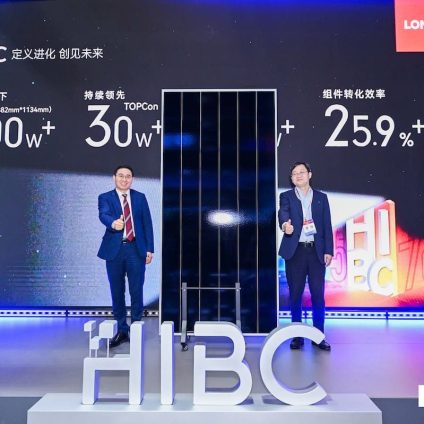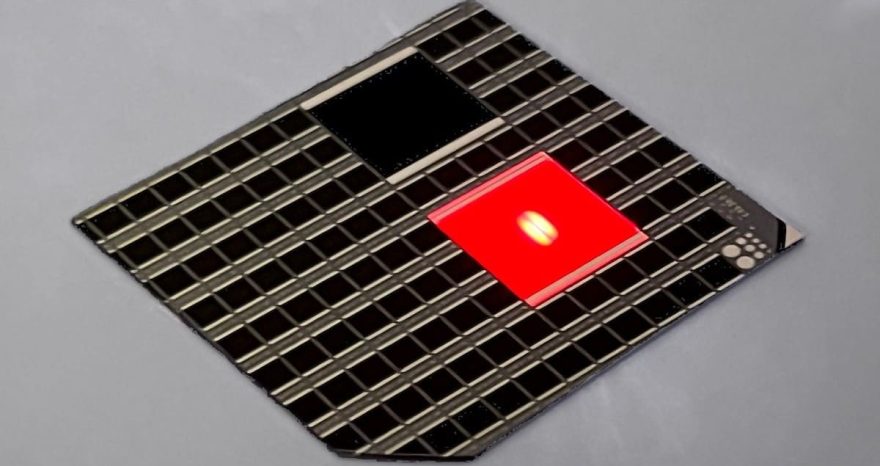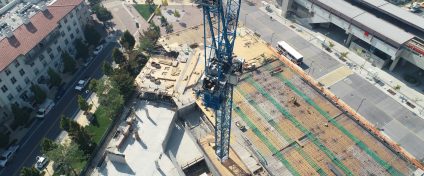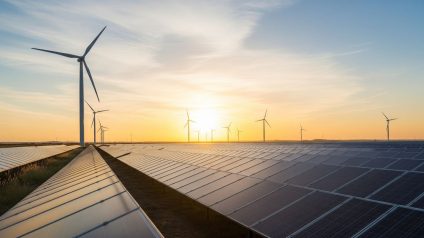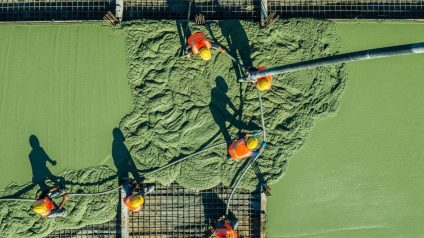LONGi launches the first 700 W solar module with 25.9% efficiency and 259 W/m² power density, setting a new global benchmark in photovoltaic innovation
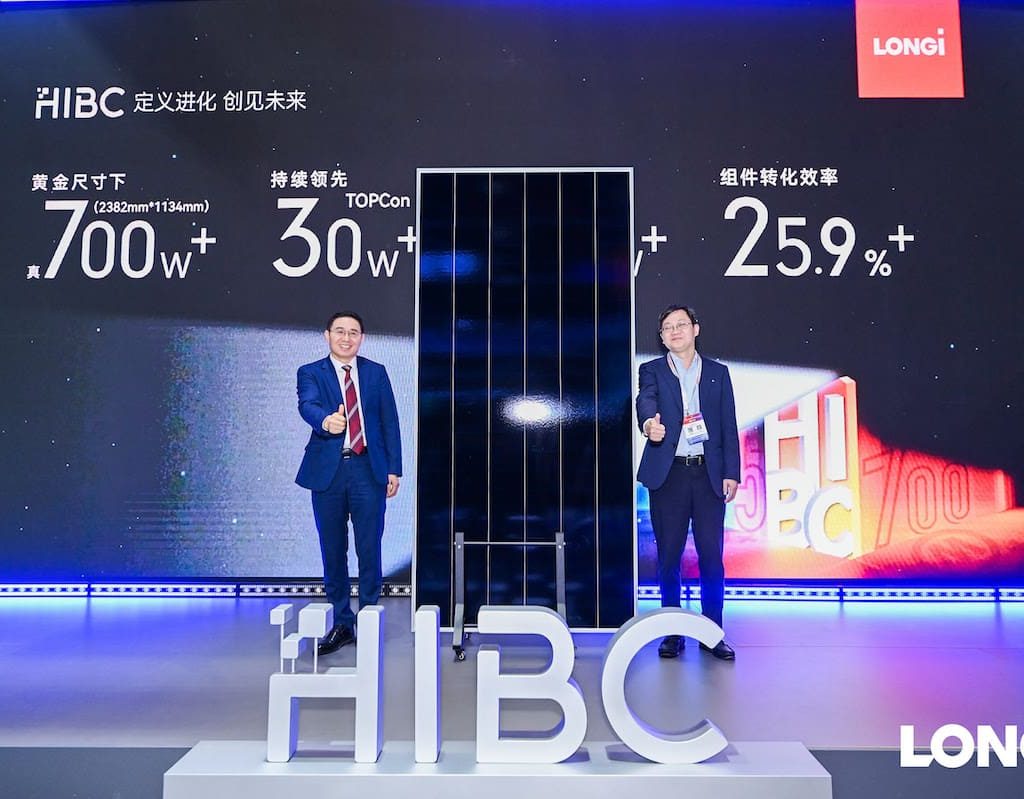
The company has introduced in Shanghai the world’s first 700 W solar panel, capable of delivering 259 W per square meter. Powered by HIBC technology, the module reaches a record efficiency of 25.9%, the highest commercially available at the module level.
New breakthrough for LONGi’s HIBC technology
A new milestone for LONGi. The Chinese solar giant chose the Shanghai International Solar Exhibition to present the first 700 W photovoltaic module featuring 25.9% efficiency and a power density of 259 W/m². These two figures mark a new benchmark in the market, made possible by LONGi’s proprietary HIBC, or Hybrid Interdigitated Back Contact, technology.
What is it exactly? It’s a fusion of two well-known solar cell architectures: heterojunction (HJT), which combines a crystalline silicon base with an amorphous silicon thin-film layer, and back contact (BC), which places all positive and negative electrodes on the rear side of the cell.
Record efficiency at module level
The result of this hybrid design, pioneered by LONGi itself, is a product that could transform the solar panel market. As of now, the LONGi HIBC 700+ is the most efficient solar module in the world.
One of the key innovations is its high-density cell interconnection design, which increases the light-absorbing area while maintaining long-term reliability. This technology enables individual cells to convert up to 27.81% of incoming light into electricity.
Power density of 259 W/m²
In addition to its efficiency, LONGi’s 700 W solar module is also the most compact in its power class. With a power density of 259 W/m², it delivers 700 W in a panel size of just 2382 mm × 1134 mm. By comparison, other 700 W panels on the market typically measure 2384 × 1303 mm, requiring 0.4 m² more surface area than the new HIBC model.
For Zhong Baoshen, Chairman of LONGi, this launch marks another milestone in the company’s technological innovation. “Simply improving efficiency through physical stacking and expanding the panel area offers limited value for the customer,” he stated. “At the same time, expanding area introduces clear risks to reliability and quality.”
“This is currently the most efficient industrial photovoltaic product in the world,” Baoshen added, noting that “it took less than three years to reach this new module efficiency level. This clearly shows the high scalability of back-contact technology and its strong potential for further advancement.”


